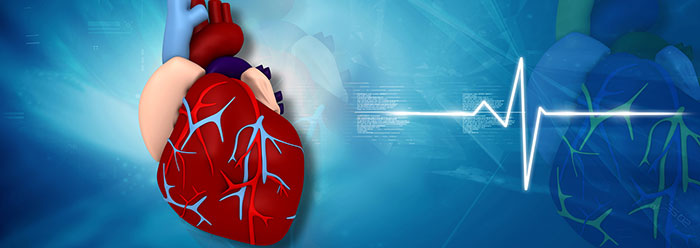A 15-year-long project finally bore fruit after researchers painstakingly identified a specific gene mutation that can lead to sudden heart failure in otherwise healthy-looking young people. These newly published results counter the long-standing view that mutations can somehow drive evolutionary innovation.
The gene in question, named CDH2, carries the instructions for cells to build N-cadherin. This protein binds adjacent heart muscle cells together like mortar between bricks. With faulty mortar, bricks may stack up just fine, but they can suddenly collapse in a strong wind. A similar tragedy occurs with a CDH2 mutation. This error in the instructional code produces warped N-cadherin that leaves vital heart cells with a weak attachment to one another.
Dr. Guillaume Paré from McMaster University led the genetic sequencing aspect of the project. A McMaster University news report stated that, in the absence of immediate medical aid, the mutation can sometimes "causes sudden death in a few minutes."1
Other members of the team worked with a South African family who had lost several loved ones to this mutation-caused disease. The researchers found coding errors in the same CDH2 gene from multiple families, ruling out DNA differences in other genes. With this discovery, affected but informed families can take steps toward interventions.
Meanwhile, this disease demonstrates that mutations represent DNA copying errors. These errors fit three broad categories. First, they can cause fatal diseases like sudden heart failure. Second, they can also cause non-fatal diseases. And third, the genetic redundancy, gene damage detection and repair protocols, and dynamic gene networking solutions that the Creator build into human cells ensure that the vast majority of mutations bring forth effects so slightly harmful as to be unnoticeable during just one lifetime.2
Think of most mutations as raindrops that help erode brick buildings over centuries. Raindrops can't construct brick buildings, but they do erode them. Mistakes in mortar mixtures don't improve brick buildings, they weaken them. Similarly, mutations never draft or upgrade genetic blueprints for protein construction.3 At least, no scientist has yet published a single example of that type of occurance.4
Mutations to CDH2 illustrate the classic question: How can information be built up by mutations that consistently lose it?5 The discovery of a mutation behind this sad heart disease offers one more reason why errors in pre-existing coding instructions represent the least likely candidates imaginable to generate life-giving information.
References
- Gene found to cause sudden death in young people. McMaster University news release. Posted on mcmaster.ca March 9, 2017, accessed March 17, 2017.
- Thomas, B. 2012. Human Mutation Clock Confirms Creation. Acts & Facts. 41 (11): 17.
- Thomas, B. Powerhouse of Scientists Refute Evolution, Part Two. Creation Science Update. Posted on ICR.org June 16, 2014, accessed March 16, 2017.
- Behe, M. J. 2010. Experimental evolution, loss-of-function mutations, and "the first rule of adaptive evolution." Quarterly Review of Biology. 85 (4): 419-445.
- Or, how can mutations build precise genetic information faster than mutations are known to lose it?
*Mr. Thomas is Science Writer at the Institute for Creation Research.
Article posted on April 3, 2017.

















